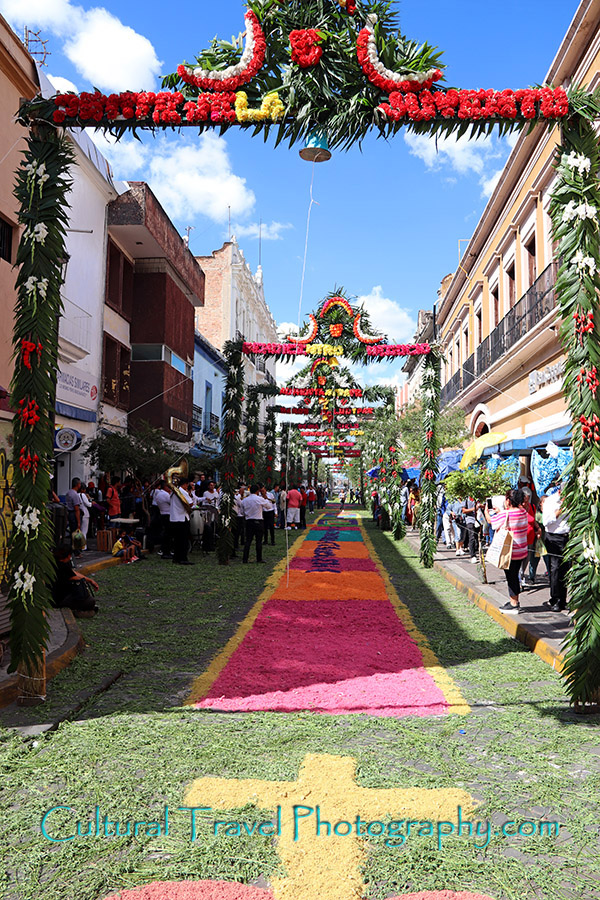Key Aspects of Cultural Travel Photography
Cultural travel photography is a genre of photography that focuses on capturing the diverse and unique aspects of different cultures and societies around the world.
It aims to tell a story, evoke emotions, and provide viewers with a deeper understanding of the people and places being photographed. Following are some important aspects to consider when engaging in cultural travel photography.
Respect and Sensitivity
First and most importantly, showing respect for local customs, traditions, and privacy is paramount. Always ask for permission when photographing people, especially in intimate or sacred settings.
Be sensitive to cultural norms and avoid photographing sensitive subjects or events without proper consent or understanding.
Research
Prior research about the culture, history, and customs of the destination will help you better understand what to expect and how to approach your subjects.
Consider legal and ethical aspects of where you plan to capture images. Familiarize yourself with local laws and regulations regarding photography and obtain any necessary permits or permissions. And be mindful of the impact of your photography on the communities you visit. Avoid exploiting subjects for personal gain.
Build Relationships
Engage with locals, build relationships, and gain trust before taking photos. This can lead to more authentic and meaningful shots.
You may find that, even in remote areas of foreign countries, many people have access to social media applications like Facebook and WhatsApp. Let people know where they can find the photos, so they can see them after they have been posted. A printed card, similar to a business card, can be an effective way to share that information.
Storytelling
Cultural travel photography should aim to tell a story. Capture moments that reveal a deeper connection to the culture, such as daily life, rituals, festivals, and traditions.
Composition and Technique
Pay attention to composition, lighting, and framing to create visually striking images. Use techniques like shallow depth of field or long exposures to add creativity to your shots.
Candid vs. Staged
While candid shots often convey authenticity, some staged shots can also be powerful when they accurately represent cultural practices or traditions.
Environmental Context
Include elements of the surrounding environment in your photos to provide context and a sense of place. Highlight the vibrant colors, textures, and patterns of clothing, architecture, and art to showcase the uniqueness of the culture.
Portraits
Portraits of people can be a powerful way to convey emotions and personalities. With their permission, capture expressions that reveal the essence of the subject.
Post-processing
Use post-processing techniques like color grading or retouching to enhance your images while maintaining their authenticity.
I always find that after I return to a computer to view photos of an event, I see many things that I did not notice while taking photos. Expressions. Side stories. Details of the event environment.
And often they will evoke emotions that you did not allow yourself to experience while capturing the scene in photos. After first viewing the images of people who lived in a garbage dump in Mexico, I broke down sobbing. Focus on the images as you take the photos, but do not repress the emotions they later evoke.
Equipment
Select appropriate gear for the type of photography you plan to do, whether it’s a smartphone, a compact camera, or a DSLR. Lightweight and versatile equipment is often ideal for travel photography. More on this in future posts.
Conclusion
Cultural travel photography can be a rewarding and enriching experience that not only allows you to capture beautiful images but also fosters cross-cultural understanding and appreciation. It’s essential to approach this genre with sensitivity, respect, and a genuine desire to share the beauty and diversity of the world’s cultures.

